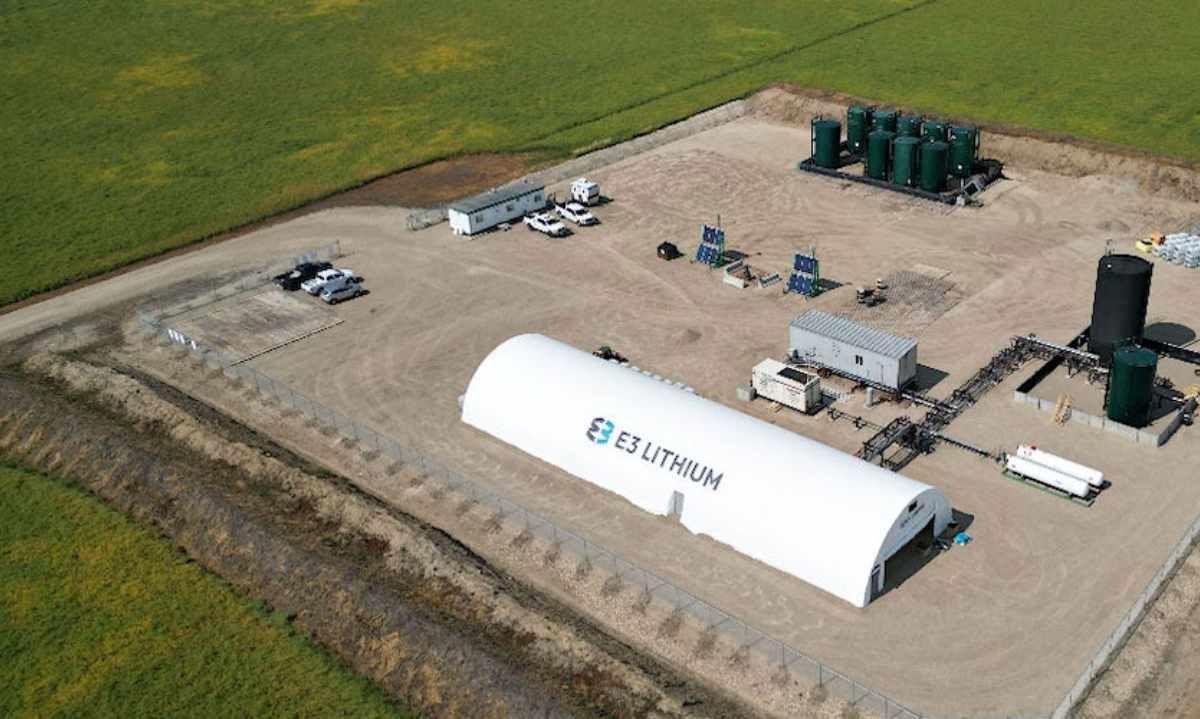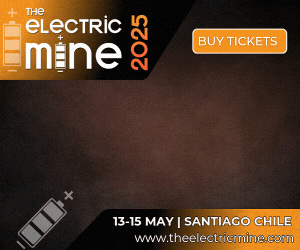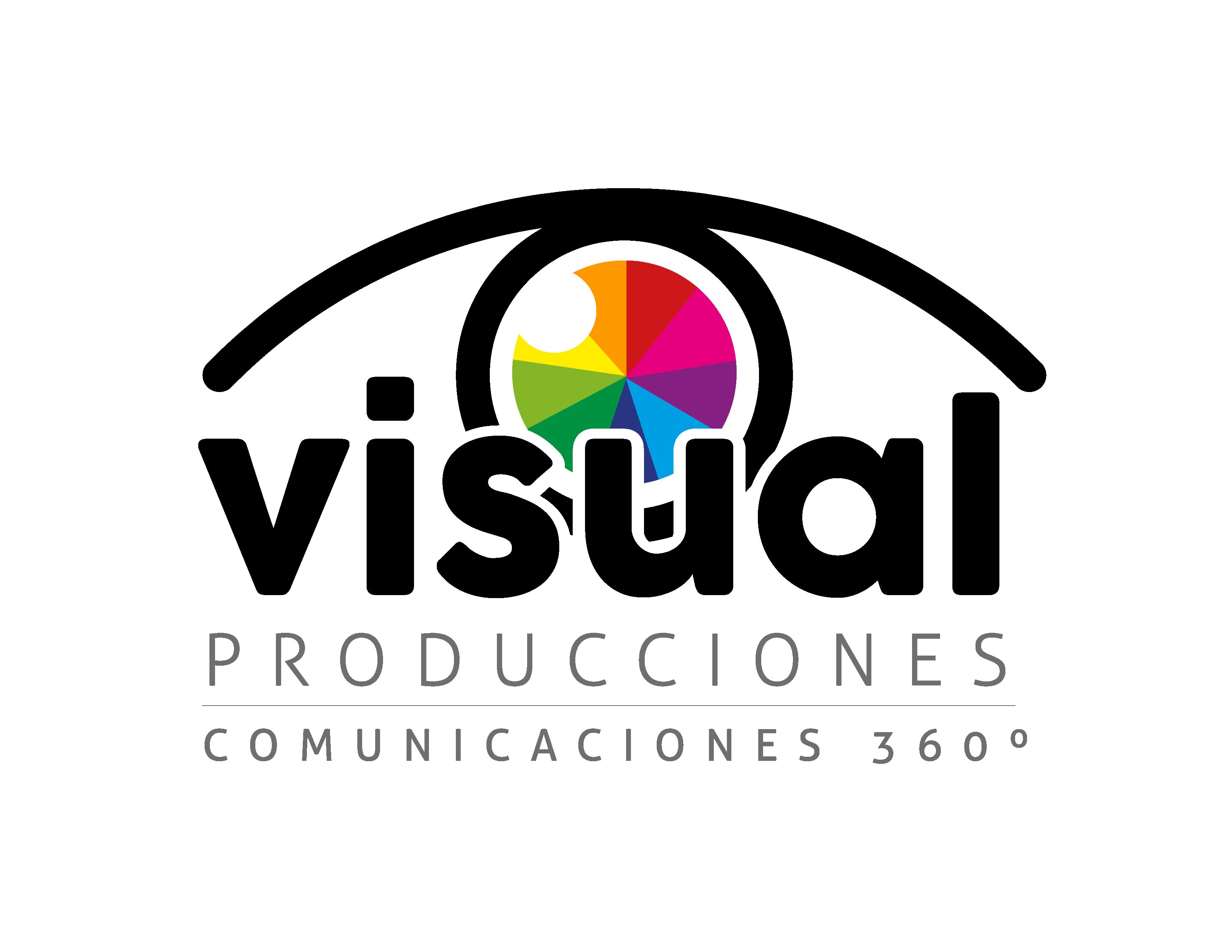
Lithium is currently mined from two types of lithium resources: hard rock minerals and brines. Despite brine resources constituting the majority of global lithium reserves, over 60% of lithium production comes from hard rock mining.
Lithium is the lightest and smallest alkali metal in the periodic table and possesses a high electrochemical potential. These attributes make it attractive for use in batteries, as it can provide a high energy density per unit weight, with few viable substitutes. While lithium finds diverse applications in glass ceramics, lubricating greases, air treatment, and pharmaceuticals, batteries dominate its end-use segment. This dominance is primarily driven by the escalating demand for lithium-ion batteries in energy storage and electric vehicles. Lithium demand for lithium-ion batteries alone will triple by 2030 and quintuple by 2035. Given this rapid growth and increasing awareness of sustainability across the battery value chain, advancements in lithium mining are crucial. These developments will determine how lithium supply can meet the surging demand in an economically and environmentally sustainable manner.
IDTechEx’s new report, “Direct Lithium Extraction 2025-2035: Technologies, Players, Markets and Forecasts”, discusses recent developments in direct lithium extraction (DLE), a set of emerging technologies that could disrupt the lithium mining industry. The global lithium market is projected to grow at a compound annual growth rate (CAGR) of 9.7% between 2025 and 2035, with brine (DLE) identified as the fastest-growing segment at a CAGR of 19.6%. The high growth rate in the brine (DLE) segment is expected to disrupt the brine mining market.
Lithium demand from lithium-ion batteries in 2023, 2030 and 2035. Source: IDTechEx
Lithium production capacity from lithium mining by source type in 2023 and 2035. Source: IDTechEx
Brines: The untapped potential of lithium resource
Lithium is currently mined from two types of lithium resources: hard rock minerals and brines. Despite brine resources constituting the majority of global lithium reserves, over 60% of lithium production comes from hard rock mining. In 2023, approximately 37% of lithium production is derived from brine. The discrepancy between the availability of brine resources and the proportion mined is related to the extraction techniques employed on different lithium resources. The conventional method of extracting lithium from brine involves the use of evaporation ponds. This process is lengthy, with lead times typically ranging from 12-24 months and yields between 40-60%. The speed and yield of lithium extraction from brine cannot compete with hard rock mining. Moreover, this method's economic and technical feasibility is limited to regions with suitable brine resources, favorable climatic conditions, and sufficient land for pond infrastructure. As a result, conventional brine mining has struggled to compete with hard rock mining in meeting the rapidly growing lithium demand, leaving brine resources comparatively underexploited.
Unlocking brine potential: The impact of direct lithium extraction
Direct lithium extraction (DLE) refers to a set of technologies that can selectively extract lithium from brines, addressing many limitations of conventional brine mining while providing additional environmental, social, and governance (ESG) benefits. DLE allows for faster lithium production—within hours to days—at higher yields (typically between 80-95%), eliminating the need for evaporation ponds. DLE broadens the range of usable brine resources, including geothermal and oilfield brines, across diverse geographical locations, which also helps to localize the battery supply chain. Finally, regulations on lithium mining are evolving (such as Chile’s National Lithium Strategy) to incentivize extraction technologies with low environmental impacts. These factors collectively position DLE as an attractive investment opportunity, especially in an era of rapidly increasing lithium demand.
Despite its advantages and potential to transform brine mining, DLE accounted for less than 10% of lithium production in 2023. Scaling up DLE implementation faces several challenges. First and foremost, DLE is largely unproven without evaporation ponds and yet unproven on unconventional brine resources such as geothermal and oilfield brines. Despite extensive activity in DLE projects over the past five years, capacity growth has fallen short of announced targets. This discrepancy shows the uncertainties and risks associated with DLE.
The diversity in brine compositions and process conditions has encouraged the development of a range of DLE technologies, each with its own set of advantages and limitations. Given the unique nature of every brine resource, no single DLE solution is universally optimal. This variability mandates comprehensive testing to identify the most promising investment opportunities. Multiple classes of DLE technology have evolved, including adsorption, ion exchange, solvent extraction, and membrane. Adsorption DLE is the only commercially proven technology. Alongside established players like Sunresin and Arcadium Lithium, which have DLE operations in China and Argentina, respectively, International Battery Metals and Eramet have recently advanced their technologies to the commissioning stage. Adsorption DLE uses aluminum-based sorbents to capture lithium and water to release lithium salts, typically lithium chloride. The process of releasing the lithium salts is known as desorption or elution, and the solution containing the captured lithium is referred to as eluate.
Ion exchange DLE is the second most developed technology, featuring companies like Lilac Solutions. This class of technology typically uses manganese or titanium-based sorbents to capture lithium and releases lithium salts by washing the sorbent with an acid. Ion exchange DLE can generate eluate with higher lithium concentrations. However, the use of acids could be problematic, as they must be transported to the sites if not produced on-site, and the long-term performance of ion exchange materials needs monitoring due to potentially faster degradation and dissolution in acid. Confidence in ion exchange DLE has been limited, but it may increase once the technology is successfully proven on a commercial scale.
Developments in other classes of DLE have comparatively lagged. Solvent extraction DLE and (hybrid) membrane DLE processes have reached beyond the pilot scale. Further research is necessary to advance these technologies. Finally, the economics and sustainability profile of DLE (including metrics such as carbon emission) needs improvement to compete with the conventional brine evaporation method.
Comprehensive analysis and future outlook
In the new market report “Direct Lithium Extraction 2025-2035: Technologies, Players, Markets and Forecasts”, IDTechEx brings the reader a holistic overview of this market, including the following information:
A review of the context and technology for lithium mining from natural resources:
- History and context in lithium mining.
- Natural forms of lithium resources, their global distribution, and lithium production outlook.
- A discussion on the market dynamics of the lithium industry.
- An overview of established and emerging technologies for lithium mining.
In-depth analyses of the DLE sector:
- A comprehensive evaluation of technologies for direct lithium extraction (DLE) and lithium recovery from brines.
- Six SWOT analyses on lithium extraction and recovery technologies, including adsorption, ion exchange, solvent extraction, membrane, electrochemical, and chemical precipitation technologies.
- Numerous case studies on key players and emerging DLE projects, including conventional brine resources and unconventional brine resources like geothermal and oilfield brines.
- Technological trends and commercial potentials of lithium extraction technologies.
- Policies and regulatory frameworks on lithium mining in Bolivia, Chile, Argentina, China, USA, and Europe and future prospects.
- Sustainability and cost profiles for lithium extraction from hard rock and brine from conventional evaporation pond and DLE.
Market analysis throughout:
- An overview of key players, partnerships, venture funding, and business models within the DLE sector.
- Lithium production outlook and forecasts until 2035 by production capacity, decomposed by source type (with specified resource and mining methods).
- Detailed projections on DLE segmented by technology, country, and brine types.
The comprehensive analysis and segmentation will be of interest to a diverse array of industries, including mining, water treatment and desalination, oil and gas, chemicals, as well as various stakeholders within the battery value chain, such as battery manufacturers, electric vehicle producers, and battery recycling companies.
Upcoming free-to-attend webinar
Unlocking Lithium Brine Potential: The Role of Direct Lithium Extraction
Dr Jiayi Cen, Technology Analyst at IDTechEx and author of this article, will be presenting a free-to-attend webinar on the topic on Wednesday 25 September 2024 - Unlocking Lithium Brine Potential: The Role of Direct Lithium Extraction.
The webinar will provide:
- Lithium mining and extraction: Fundamentals and current practices
- Direct lithium extraction (DLE): A comprehensive overview
- Sorbent-based DLE technology: In-depth exploration
- Evolving business models in the DLE market
- Sustainability and cost benchmarks across lithium extraction methods
- Lithium market outlook: Drivers, challenges, and emerging trends in DLE
We will be holding exactly the same webinar three times in one day. Please click here to register for the session most convenient for you.
If you are unable to make the date, please register anyway to receive the links to the on-demand recording (available for a limited time) and webinar slides as soon as they are available.




